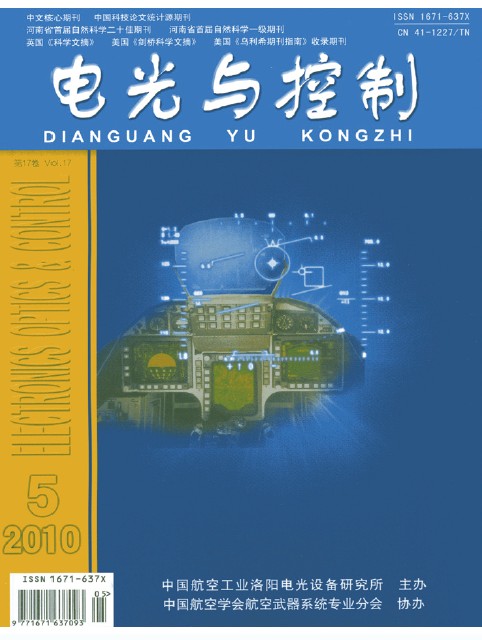 View fulltext
View fulltext
Route planning is a typical multi-objective optimization problem.Traditional linear weighted sum method needs repeated iteration to get a set of the objective weight coefficients for satisfying the requirement of engineering characters.Physical programming can reflect the requirement of the route planning objectives intuitively by constructing preference functionsavoiding computation burden caused by repeated iteration to acquire the weight coefficients of all objectives.Thereforephysical programming was used together with particle swarm optimization for multi-objective route planning of unmanned aerial vehicle (UAV).Simulation results show that the proposed method is able to acquire a compromise solution under the special preference structure of the route planning objectives.
Considering the existing singular point problem in the initial turning phase motion equations of the vertical launch interceptor missile using Euler angleby ignoring the aerodynamic effect and only taking the effect of jet vane into considerationa nonlinear mathematical model of the vertical launching interceptor missile was established based on quaternion method.Considering the nonlinearitiesparameter perturbation,uncertainties and the ignoring aerodynamic effects produced by the unknown external disturbances in the system modelthe active disturbance rejection control (ADRC) was employed to handle them.The ADRC can dynamically compensate the model perturbation and external disturbanceswhich does not depend on precise mathematical model of the system.Thereforean active disturbance rejection attitude controller was designed for the vertical launching interceptor missile by using the quaternion method.Simulation results show that good dynamic performance and strong robustness are obtained under the design of ADRC for the attitude control.
Consistent system state is the basis of distributed cooperative control in multi-UAV systemand consensus control algorithm is an effective method for the multi-UAV system to achieve consistent state.Under communication constraintsthe UAV platform is controlled to evolve to the consistent system state through the consensus control algorithm based on local information interaction.To solve the unfeasibility of changing the communication topology and of multi-hop routing communicationa new fast consensus control algorithm was designed by introducing state difference and predictive state.Theorems about convergence and efficiency of the new algorithm were introduced with a rigorous mathematical proof.Fast task coordination was achieved under distributed cooperative control structure.Theoretical analysis and simulation results verify the feasibility and effectiveness of the algorithm.
The simulation of airborne radar campaign experiment is an effective way to enhance campaign ability and validate the tactics of radar system and electronic warfare system.According to the difference in simulator granularitythe multi-filed hierarchy way was used to design the simulation system hierarchy structure in campaign fieldentity fieldinformation field and physical field.In this simulation systemthe tactic process was abstracted as the changing process of campaign entity status.The thought of time-agent-task-order was applied to convert the process of electronic warfare intercommunion to the changing process of entity statusachieving the tactical componentization.The signal detection model in different repeat frequencies was establishedand the design method and sequential process of the simulation experiment were analyzed.In the endaccording to a representative radar jamming experimentthe effectiveness of the campaign experiment simulation system was validated by comparing the effect of singular jamming with that of compound jamming.









